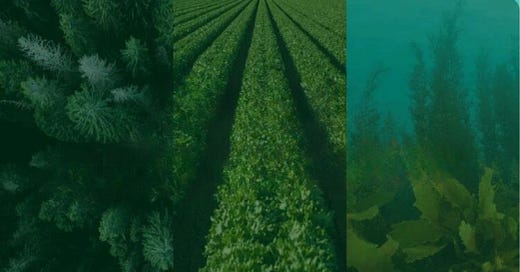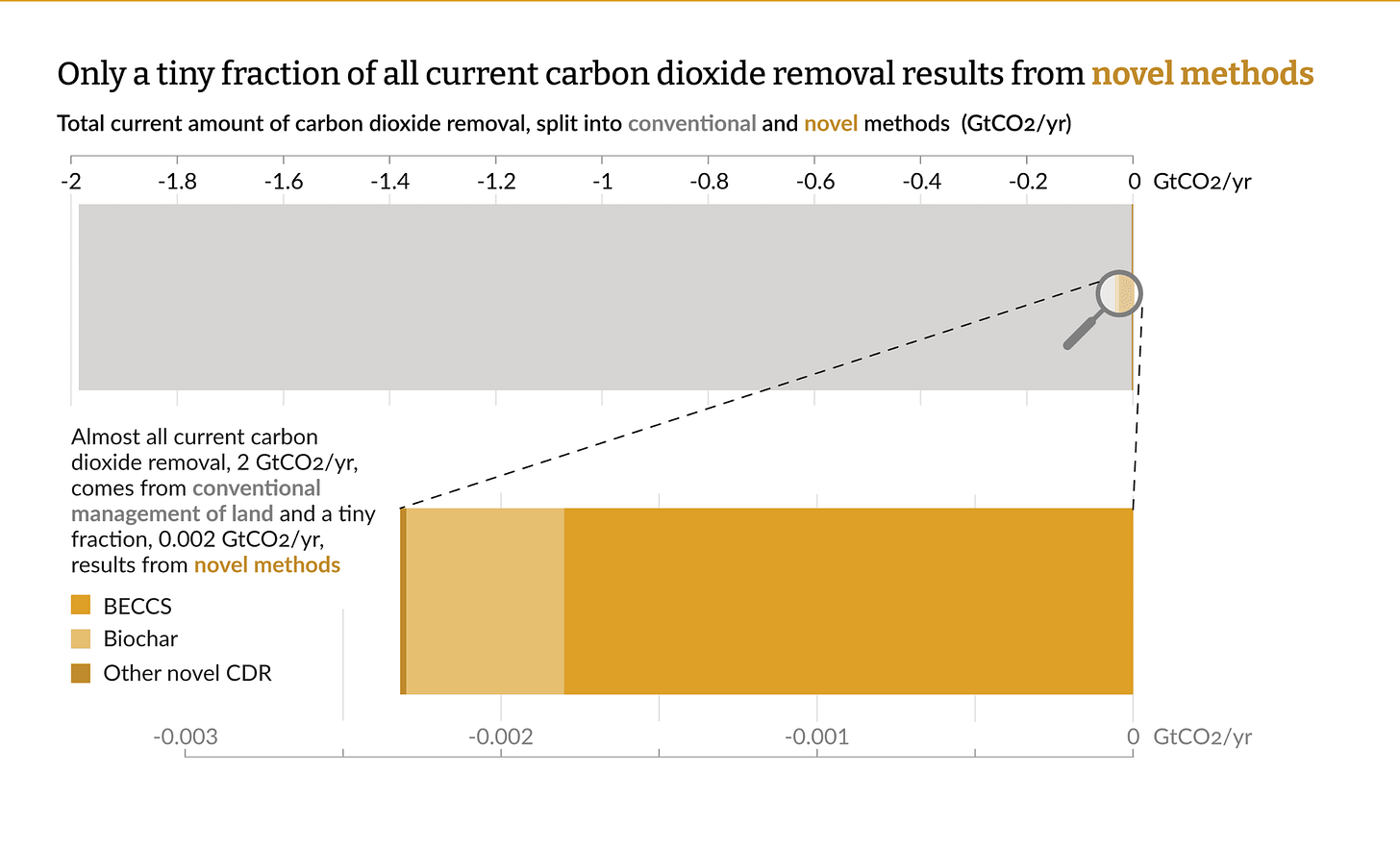Nature-based solutions: a key climate response
What are nature-based solutions and how can they help solve the climate crisis?
Welcome back to Arbonics, where we explore the evolving landscape of forestry, voluntary carbon markets, and climate solutions more broadly.
In this edition, our founder Lisett Luik shares a handy overview of nature-based solutions, highlighting their unique strengths compared to Direct Air Capture (DAC), and why both solutions are essential for tackling the climate crisis effectively.
These days, there’s quite a bit of talk about nature-based solutions to climate change (sometimes also referred to as natural climate solutions). They got top billing in the most recent IPCC report on climate change, and could deliver as much as 5 gigatonnes (that’s 5 billion tonnes!) of CO2 removal & reduction by 2030.
Nature-based solutions are actions that help to restore natural ecosystems and address, but also adapt us to, climate change. These solutions are developed in collaboration with natural systems as opposed to technological ones.
Keep reading to find out more about the difference and impact of these two solutions.
How much CO2 do we need to remove?
For context, the rough annual estimate for carbon emissions is around 50 gigatonnes. How much of this are we currently removing? Around 2 gigatonnes. Here’s a visualisation of the challenge:
Do nature-based solutions account for any of this removal?
Yes - in fact, a recent study by scientists at the University of Oxford found that 99.99% of current CO2 removals come from nature and land management (you can access this report directly on stateofcdr.com).
Source: stateofcdr.com
This category includes, among others:
afforestation
reforestation
soil carbon
peatlands
agroforestry
durable harvested wood products (e.g. buildings, furniture)
Many of these use the same natural principle: trees or other plants capture CO2 and convert it to carbon (which they store in branches and roots), releasing the oxygen back into the atmosphere. Another way to think about it: trees are a type of direct air capture technology, fine-tuned by 370 million years of evolution.
So nature is doing most of the carbon removal today… but the future is all about direct air capture, right?





